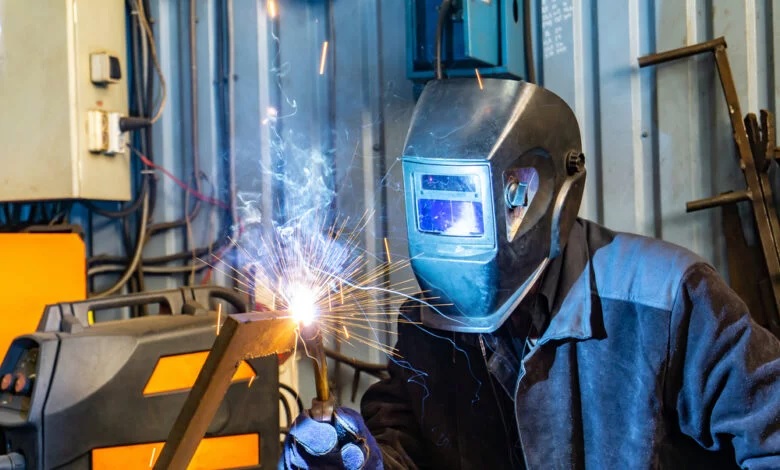Electro-plating is one of the most essential finishing procedures for metal stamped products. The most common types are barrel and rack plating methods. This finishing process adds life to the metal parts making them look appealing and efficient for a longer time.
Table of Contents
What is Electroplating?
Electroplating is a metal-coating method using electric current. A thin coating of metal is deposit onto the surface of a workpiece, referrer to as the substrate, as a consequence of this process. An object’s physical qualities may be altered through electroplating, which is most often employ. This procedure may be use to strengthen the wear resistance, corrosion protection, or aesthetic appeal of things and increase the thickness of the product.
Applications and Benefits of Electroplating Services
Most of the metal stamped parts require high precision and tight tolerances at high production speed. Therefore, most manufacturers choose progressive die for small and medium-sized parts and use plating services for best results.
The progressive die custom metal stamping manufacturers use electroplating services for:
1 Increasing the Thickness of the Metal
Electroplating is often use to increase the thickness of a substrate using tiny layers gradually.
2 Preserving The Substrate
Electroplated layers are use to coat sacrificial metals. This implies that when a component is expose to a toxic environment, the plated layer degrades first, safeguarding the substrate.
3 Improving the Surface Characteristics
Different metals impart unique qualities. Electroplating enables substrates to take advantage of the characteristics of the metals on which they are plate. For instance, some metals provide corrosion protection, increase electrical conductivity, decrease friction, and prepare a surface for improved paint adherence.
4 Adding beauty to the Appearance
Of course, electroplating is often employ to enhance a substrate’s visual look. This may include plating the substrate with attractive metal or adding a coating to increase the surface’s uniformity and quality.
5 Creating a Protective Barrier
Electroplating forms a barrier on the substrate, insulating it from the surroundings. This barrier may, in certain situations, protect against corrosion induced by the environment. This trait utilizes components particularly because the components endure longer in harsher environments, requiring less frequent replacement.
6 Improving Resistance to Heat
Numerous metals, such as gold and zinc-nickel, are resistant to high temperatures, enhancing the substrate’s resistance to heat damage. This, in turn, may extend the life of plated components.
7 Increasing Toughness
Electroplating is often use to enhance the strength and durability of substrate materials, making them more resistant to damage cause by stress or harsh handling. This property may assist extend the life of plated components, hence minimizing the need for replacement.
8 Greater Protection from Corrosion
Corrosion is one of the biggest problems face by all metals, especially when they are expose to natural elements such as water, air and sunlight. By adding another layer over a metal surface, corrosion can be prevent since this extra layer protects it from exposure to natural elements such as water and air which cause corrosion on metal surfaces.
9 Improve Strength and Durability
Adding another layer over an object not only makes it more durable but also improves its strength and protection against damages caused by everyday wear and tear. For example, if you want your wooden deck’s railing to last longer then electroplating services would be
Electroplating can be done with or without gravity feed of parts into the plating tank. If there’s no gravity feed then parts must be raise above the surface of the bath by means of racks or trays or they will sink to the bottom and be inaccessible by any rinsing method unless they are raised back up out of solution again later on in the process cycle.
Cleaning and pretreatment of the object to be plate. This step is important because it ensures that any dirt or impurities are remove from the surface of the object.
Nickel plating services, for example, are beneficial for minimizing friction, which helps to minimize wear and tear and extends the life of parts. On the other hand, zinc-nickel alloys are utilize to avoid the production of sharp protrusions during manufacture, which might result in component damage. Copper is also employ especially as an undercoating in various applications because it enhances the adherence of additional metal coatings, which increase the final part’s surface quality.

